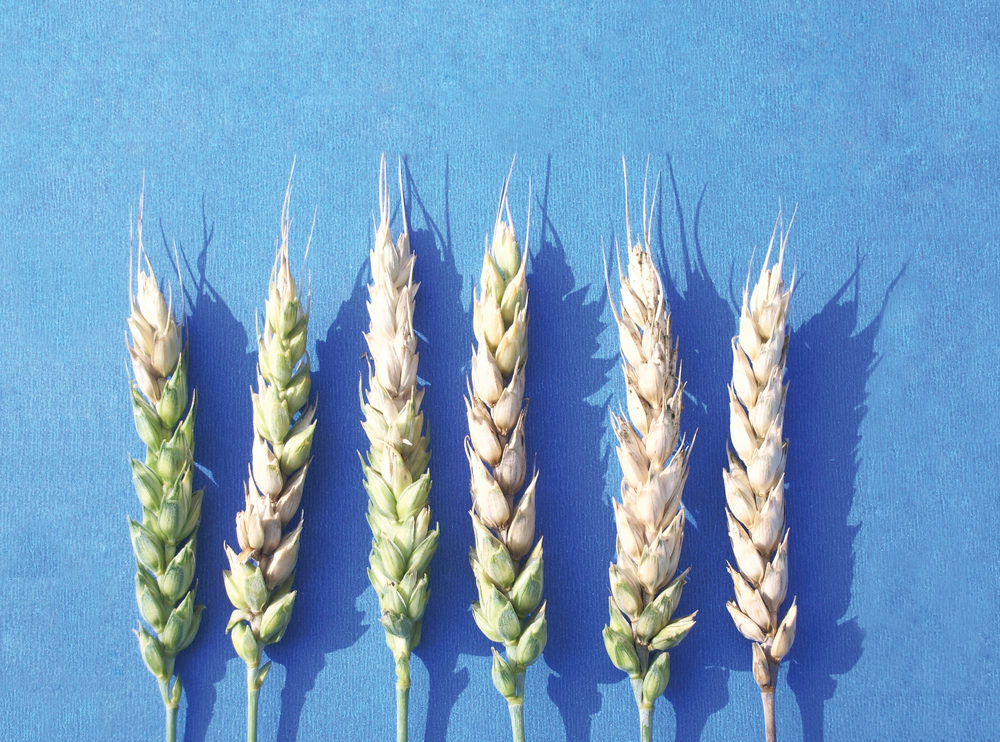
18 Aug Agronomy Update – Aug 18
Hi everyone,
A quick Agronomy Update this week to share some time-sensitive updates. I know that many of you are trying to get some combining done, but the weather has not been super cooperative. I hope that next week proves more conducive to getting grain harvest underway for everyone.
Pest Update:
Spornado Early Warning Network:
- No late blight detected this week (Aug 15th) at 12 sites.
- Grey Mold (Bortrtyis) positive at 8 of 12 sites; however, numbers very low except for 3 sites in East Prince
- Belmont Lot 16 = 90
- Spring Valley = 96
- Freetown = 68
Airspore Program:
- Late blight spores were detected on Aug 15th in the Evangeline Region for the third time.
- Early blight and brown spot spores were mostly undetected across the whole province, a huge change from 7-10 days ago. The weather has been less conducive to the development and spread of early blight and brown spot recently, and the forecast looks cooler for the next couple of weeks.
- Grey mold spores were detected at most sites, but with lower levels than seen in recent weeks. Highest numbers (~100 spores) were found in O’Leary and Summerville areas.
Aphid Alert:
- Total aphids per trap continues to be around 1.0 to 1.5 in week 7 of collection.
- We are still seeing green peach aphids, but at very low levels (0.1 to 0.25 per trap) in the last two weeks.
- The population explosion of green peach aphids last year happened starting in week 11, so we will continue to remain vigilant in monitoring for GPA and other aphids.
- Some tarnished plant bugs are being detected in traps in recent weeks.
Questions about DON in grain:
I’ve been getting quite a few questions from producers in the last couple of weeks about mycotoxins (DON) in grain samples. These toxins are primarily caused by Fusarium head blight in grains. Unfortunately, it seems to be quite rampant this year across the province. DON is tested for in parts per million (ppm). AAFC guidelines for maximum DON in livestock feeds is (on an as-fed basis):
- 1 ppm: swine, dairy cattle, calves, lambs
- 5 ppm: adult beef cattle, adult sheep, poultry
2 ppm appears to be the cut-off that most buyers are handling. If few lots are coming back at zero, it is harder to blend in higher levels with lower ones.
Given the amount seen in wheat and barley so far, it is likely that we’ll see issues in corn as well this fall. Growers are encouraged to be in close contact with your crop insurance agent as well as any livestock producers that you supply grain to in order to make the best of an unfortunate situation.
If you are finding very high levels and your field is not worth harvesting (following consultation with crop insurance, partnering farms), ensure that you are not causing a larger problem by reseeding the ground with a crop that could cause issues in the future. Simplying mowing or lightly tilling a grain crop with upwards of 2 T/ac of seed could create a volunteer issue in future years, particularly with winter grains. Don’t try and minimize short-term costs by creating more long-term costs for yourself. If you are leaving that crop in the field, you may want to consider moldboard plowing of that residue either this fall or next spring, to remove seed from the top of the soil profile. While I don’t love excessive moldboard plowing, it may help to minimize the volunteer issue in this circumstance.
Have a good weekend, and talk to you all next week
Ryan
